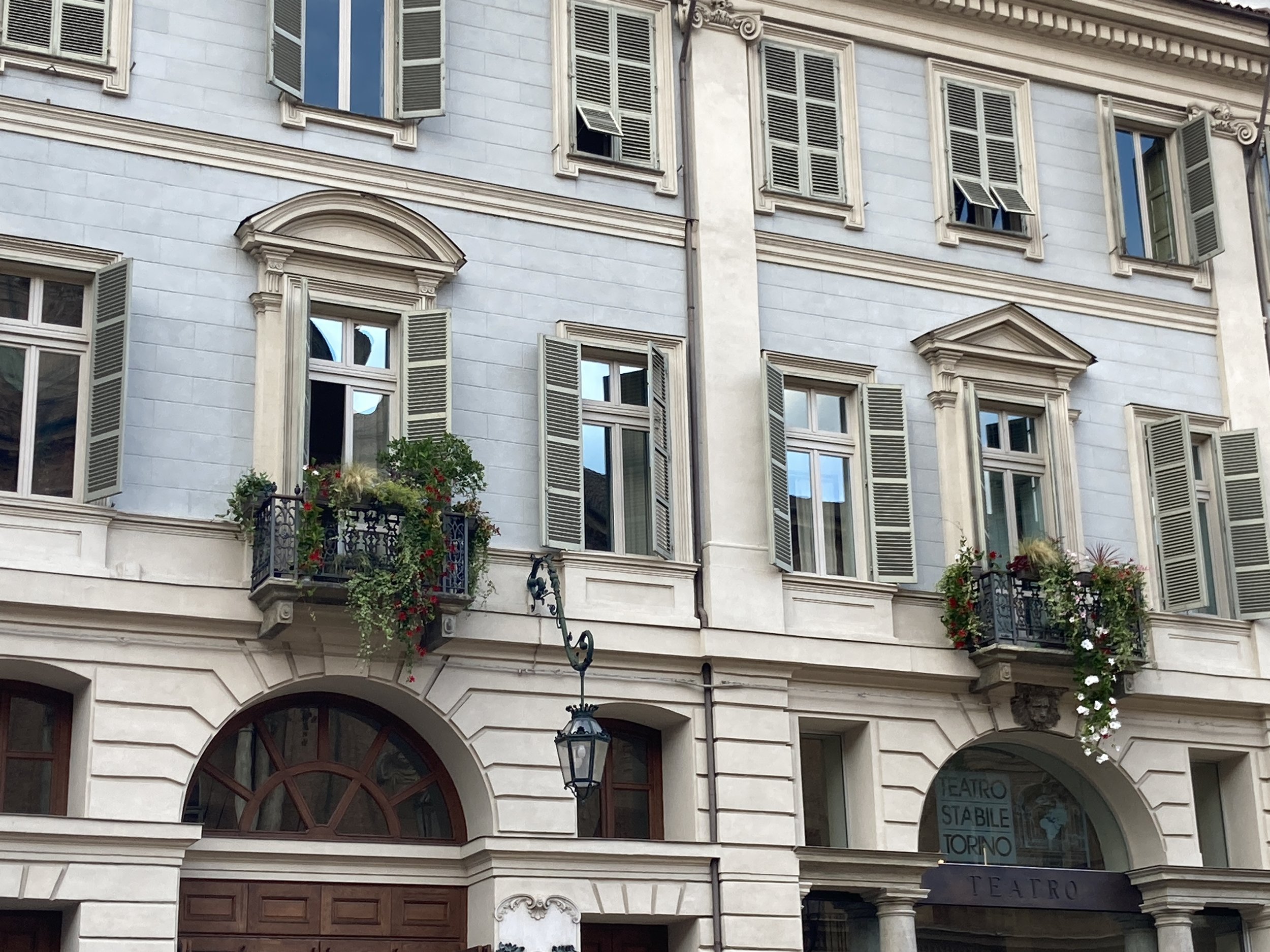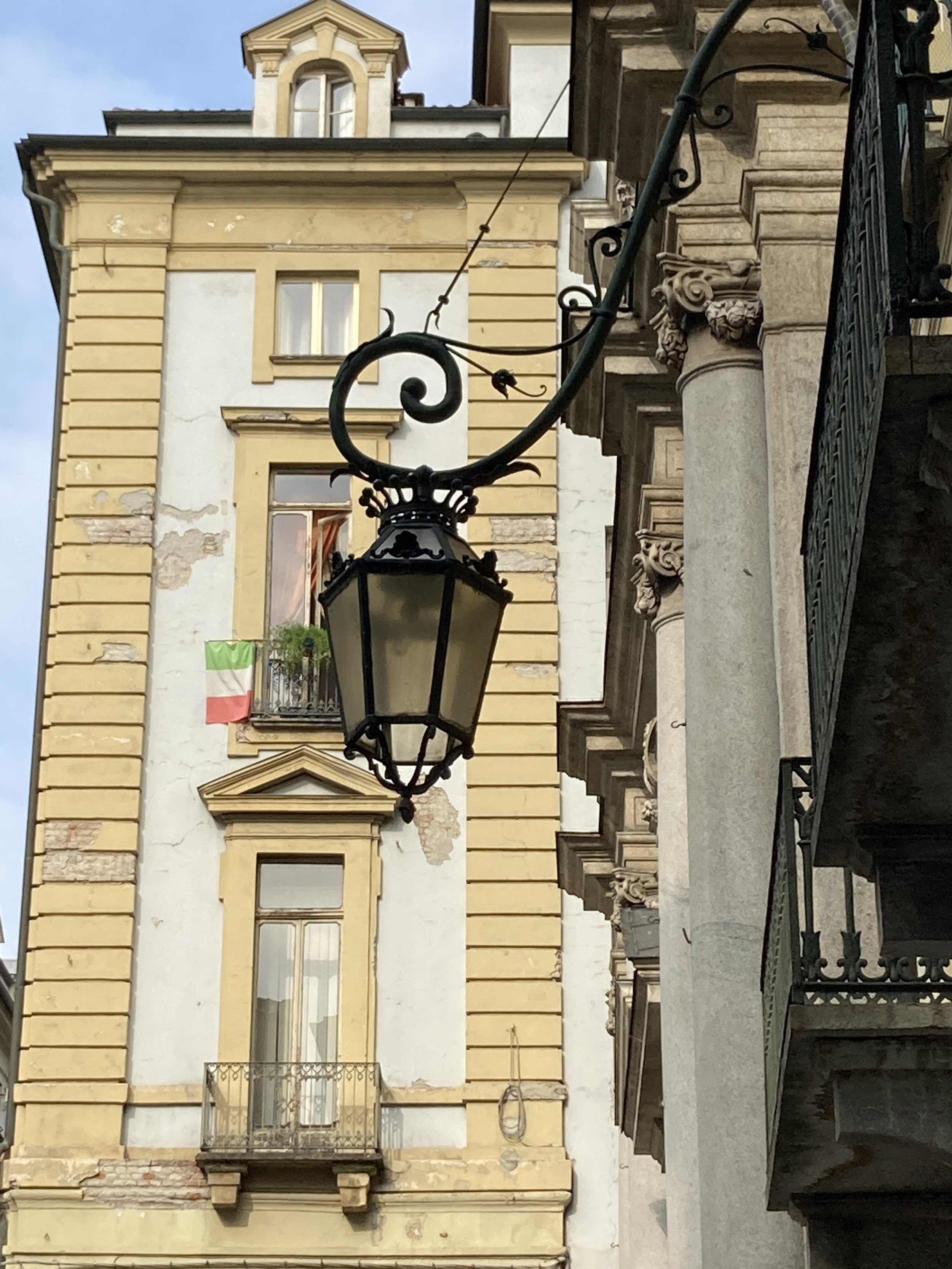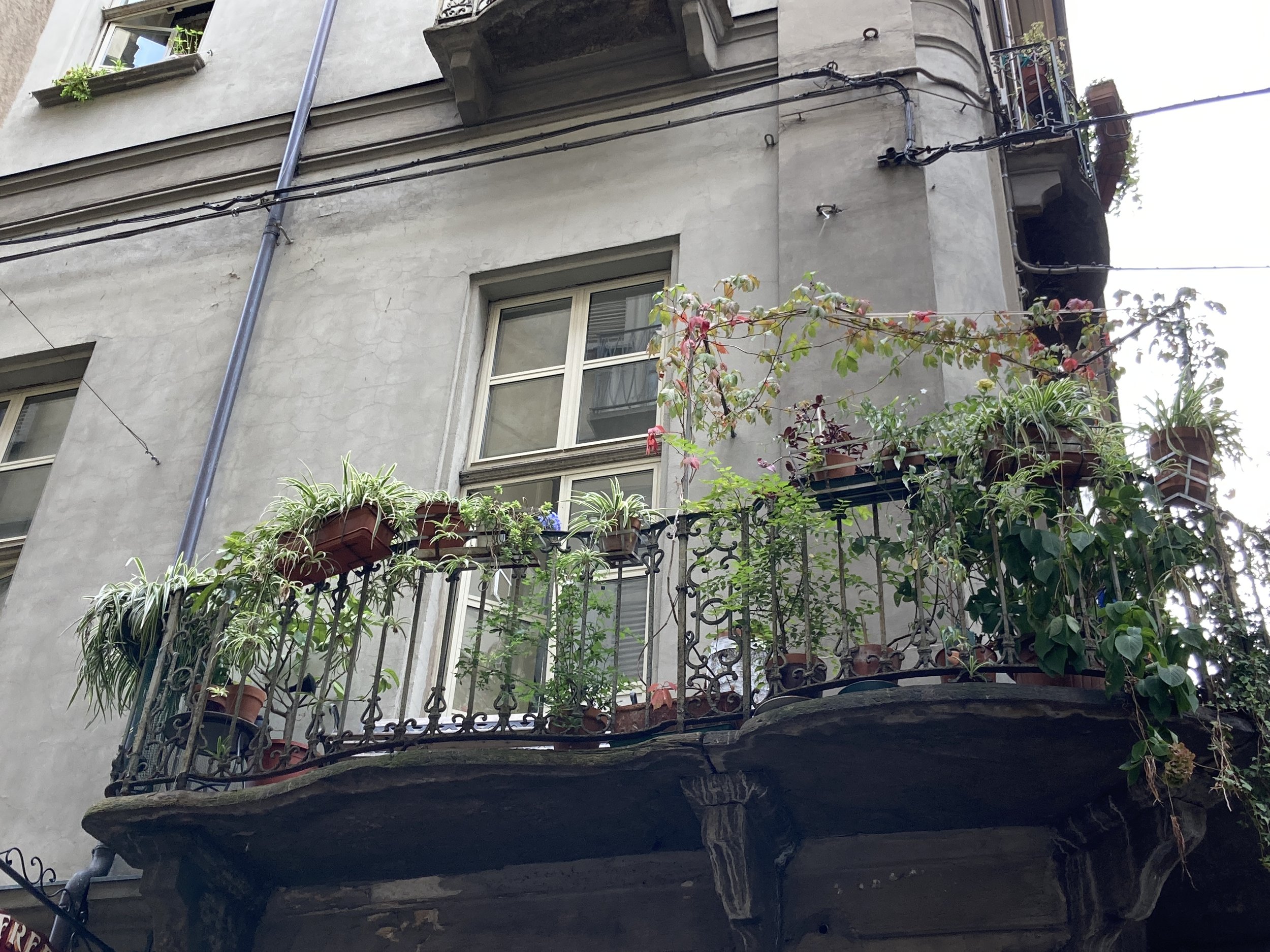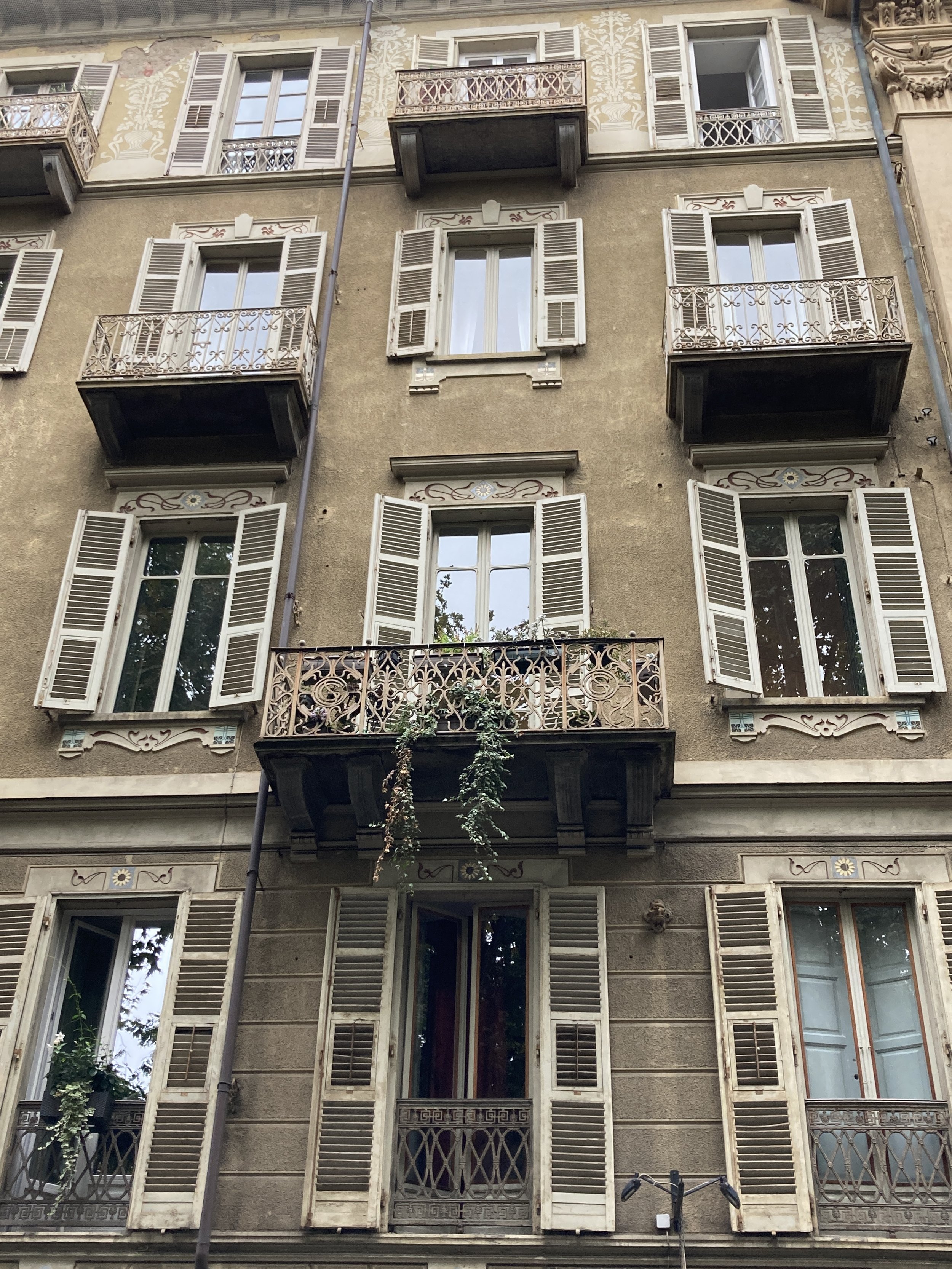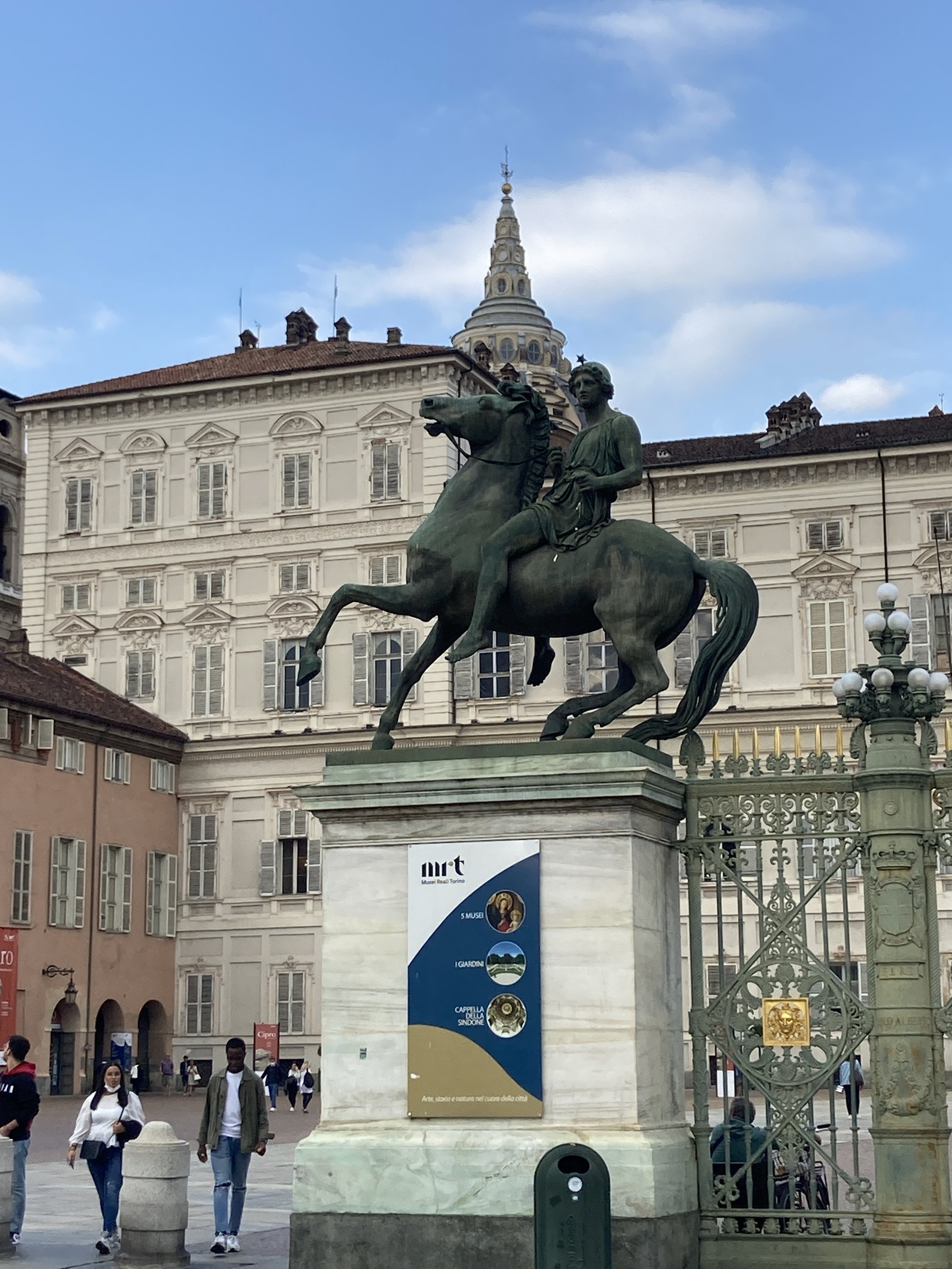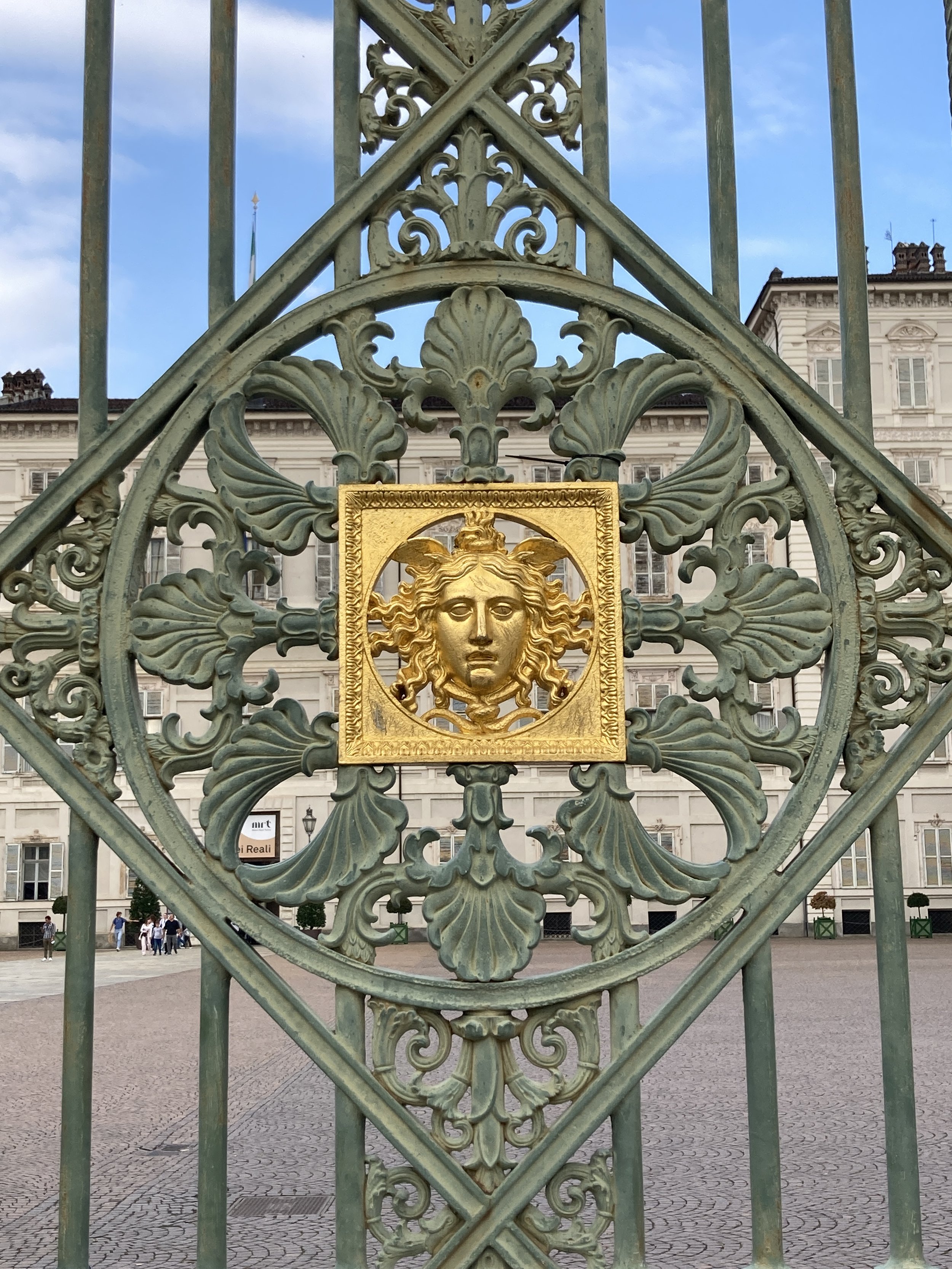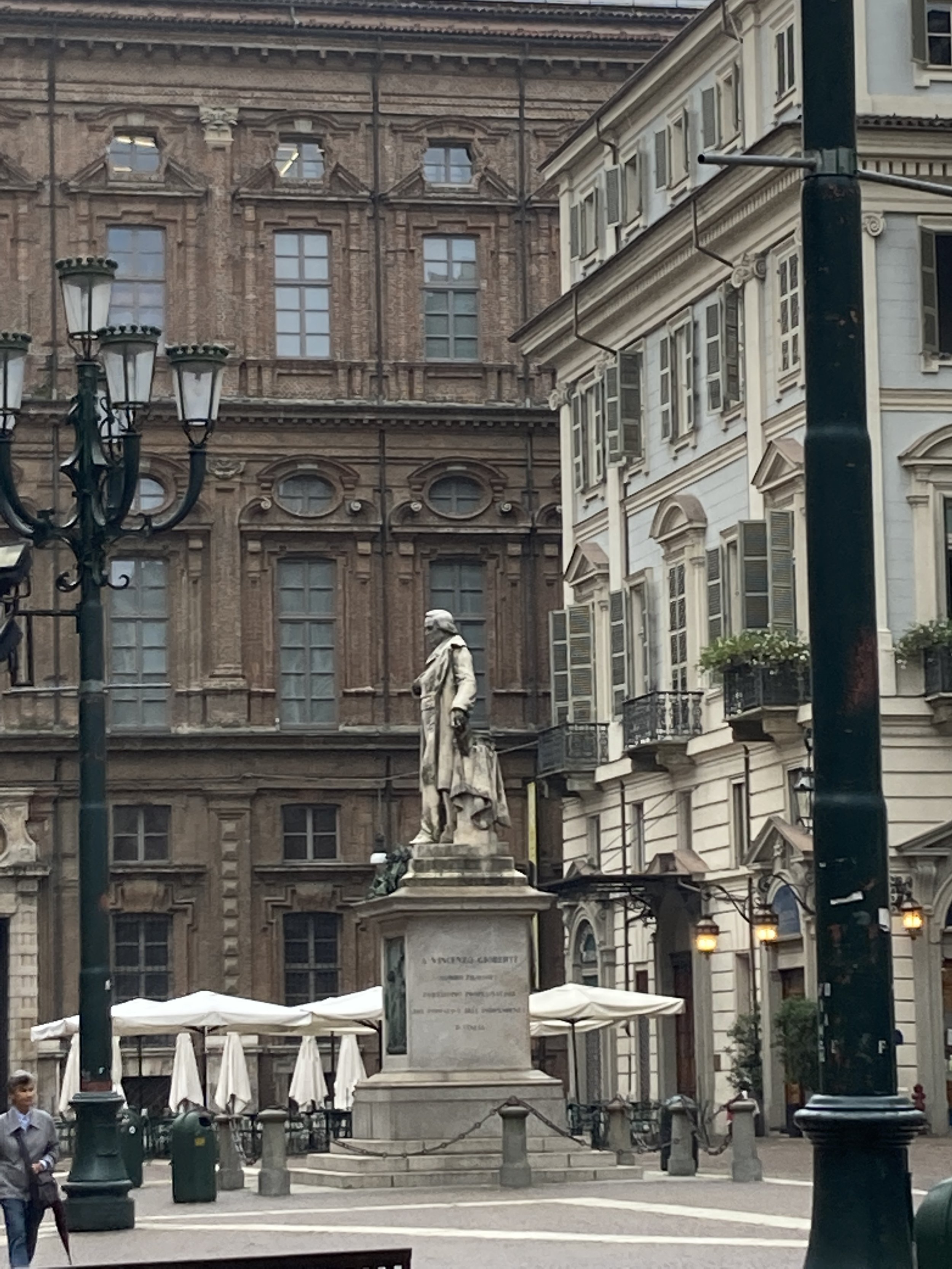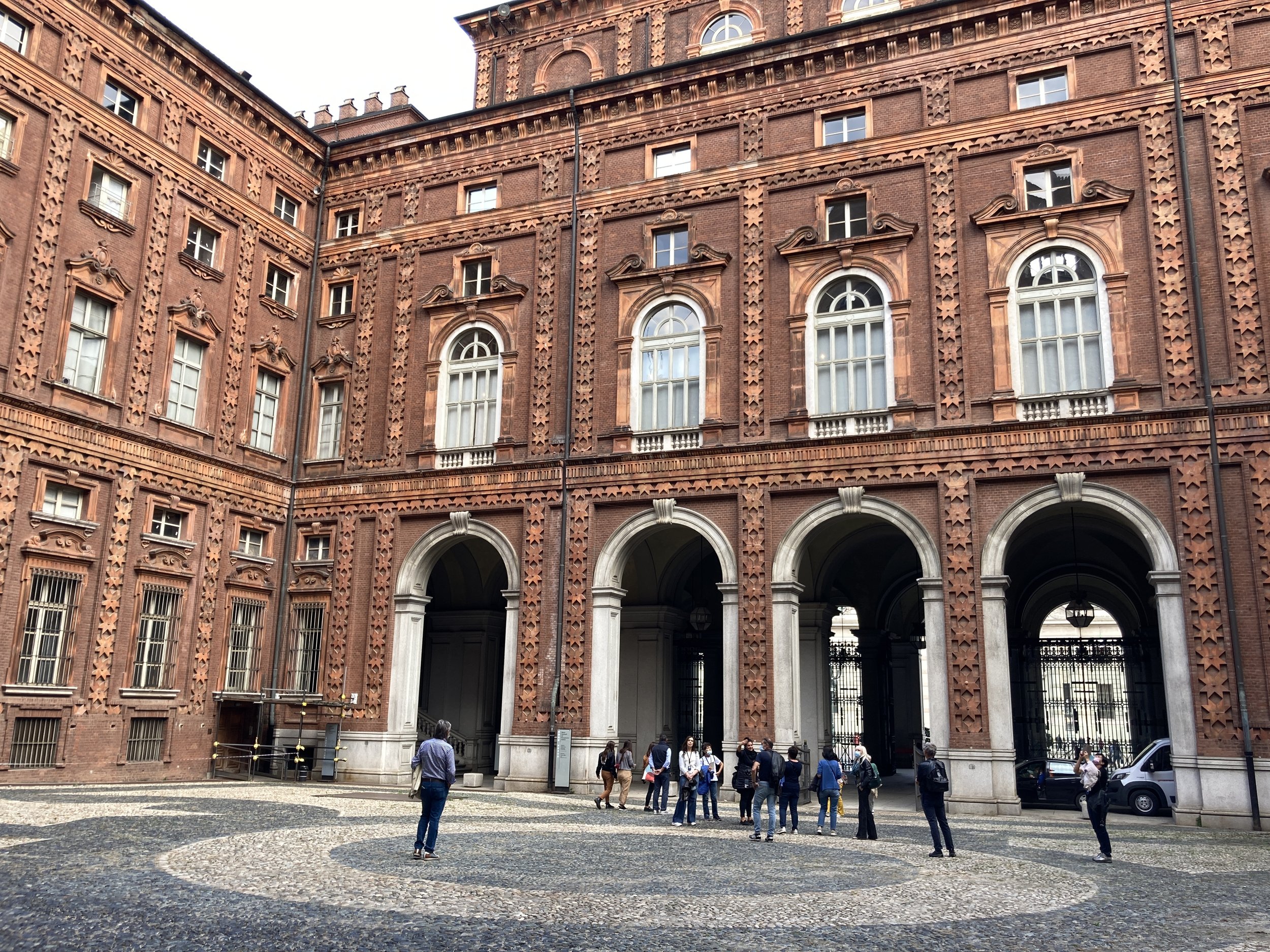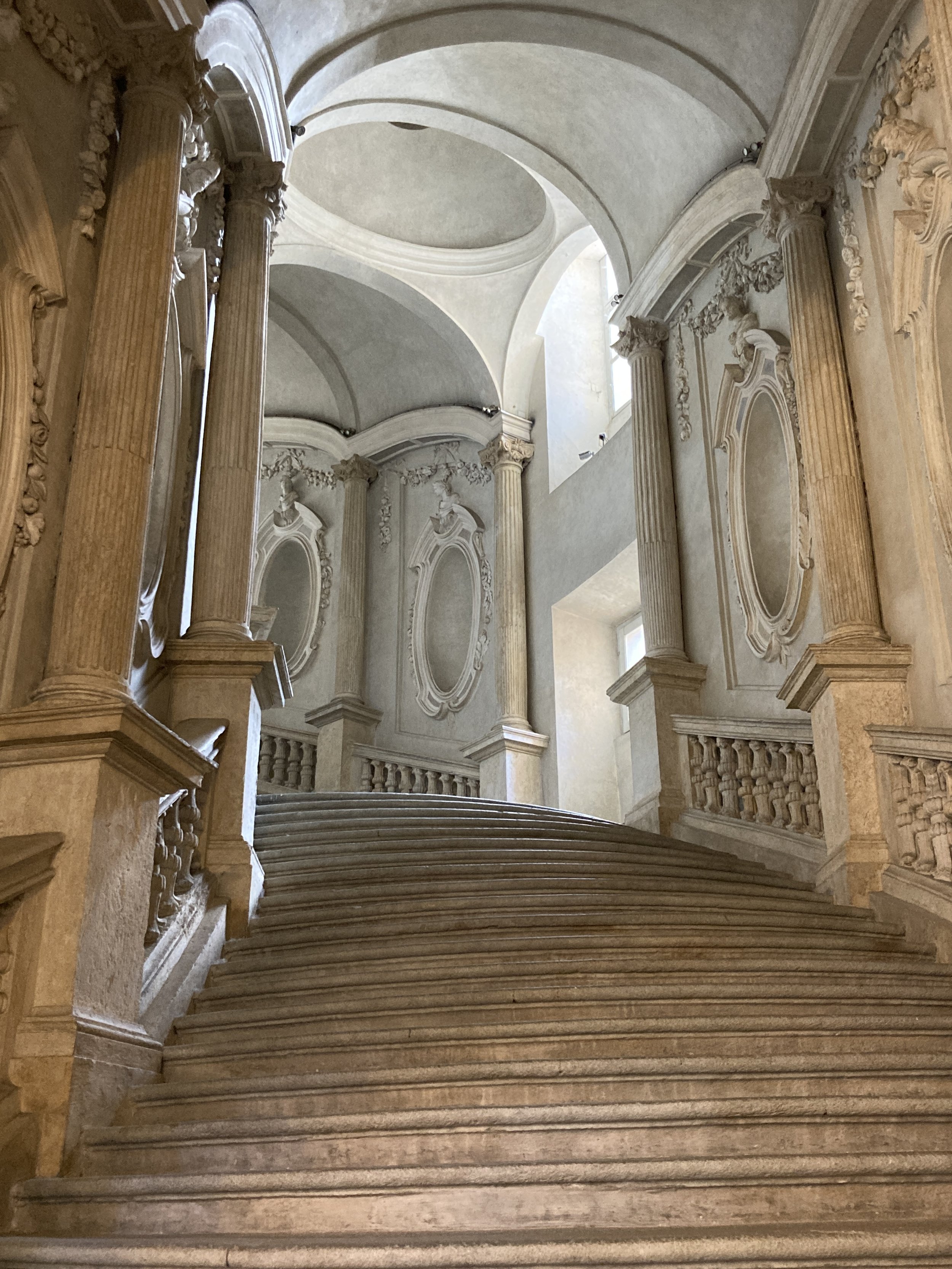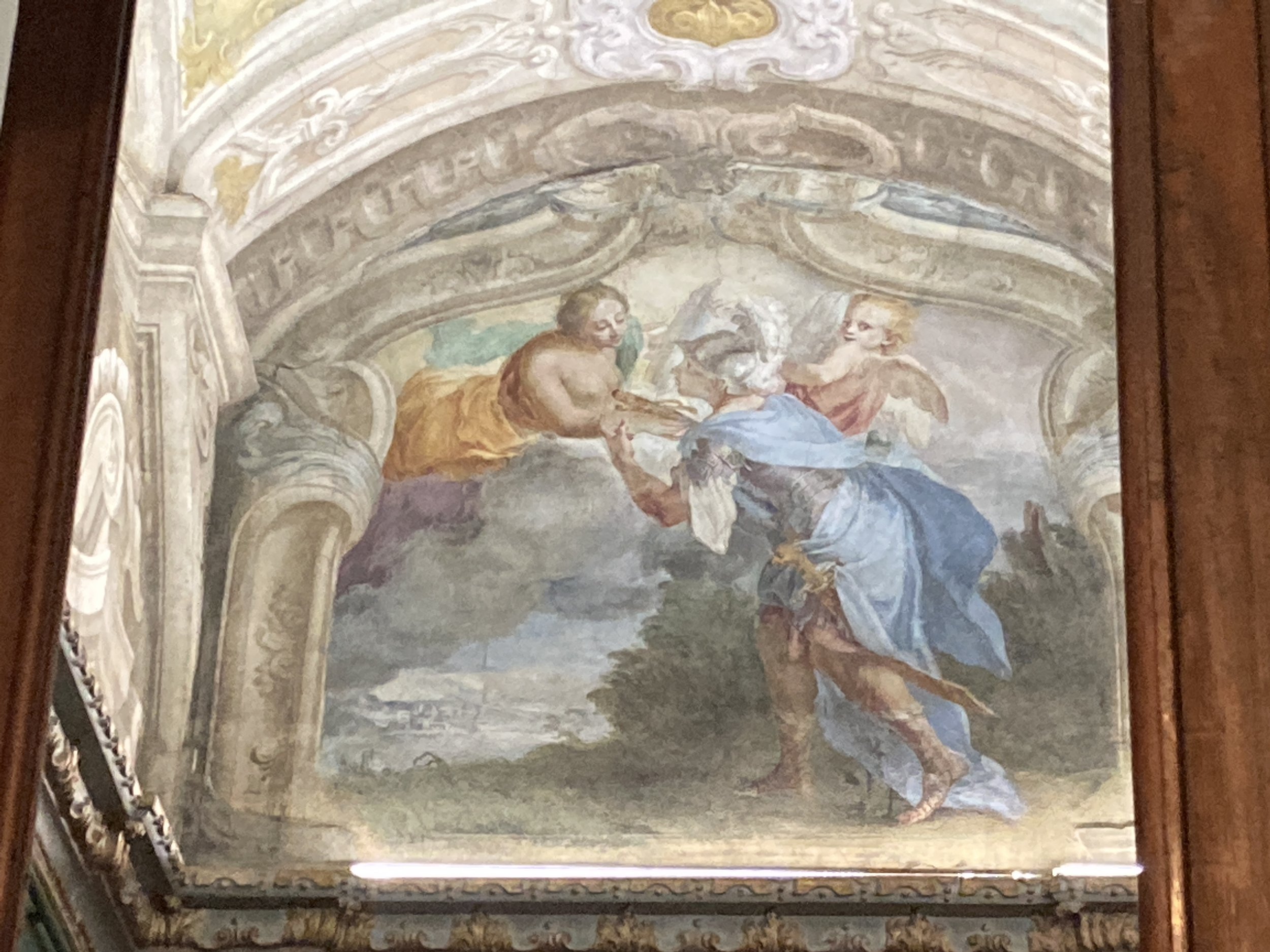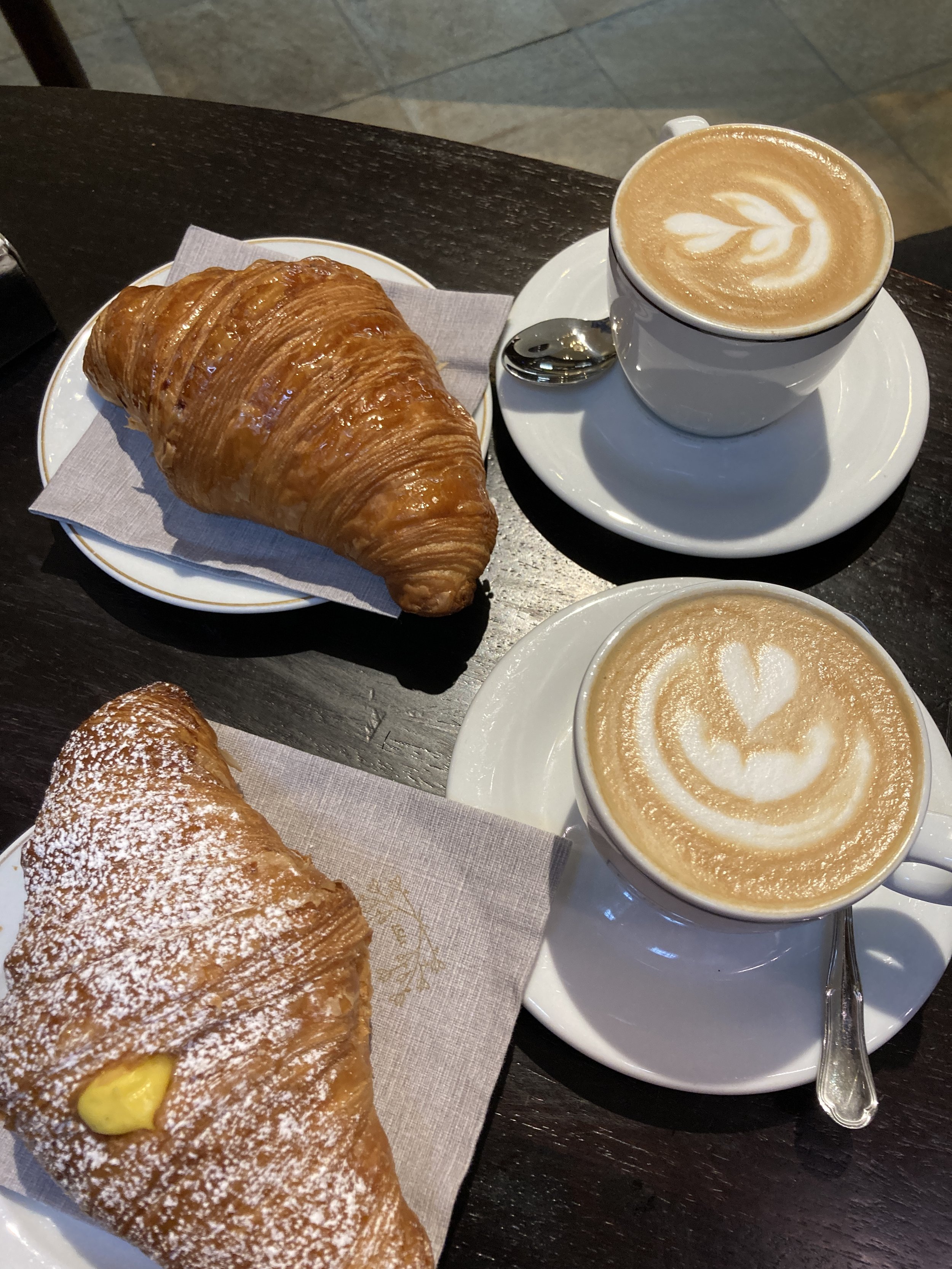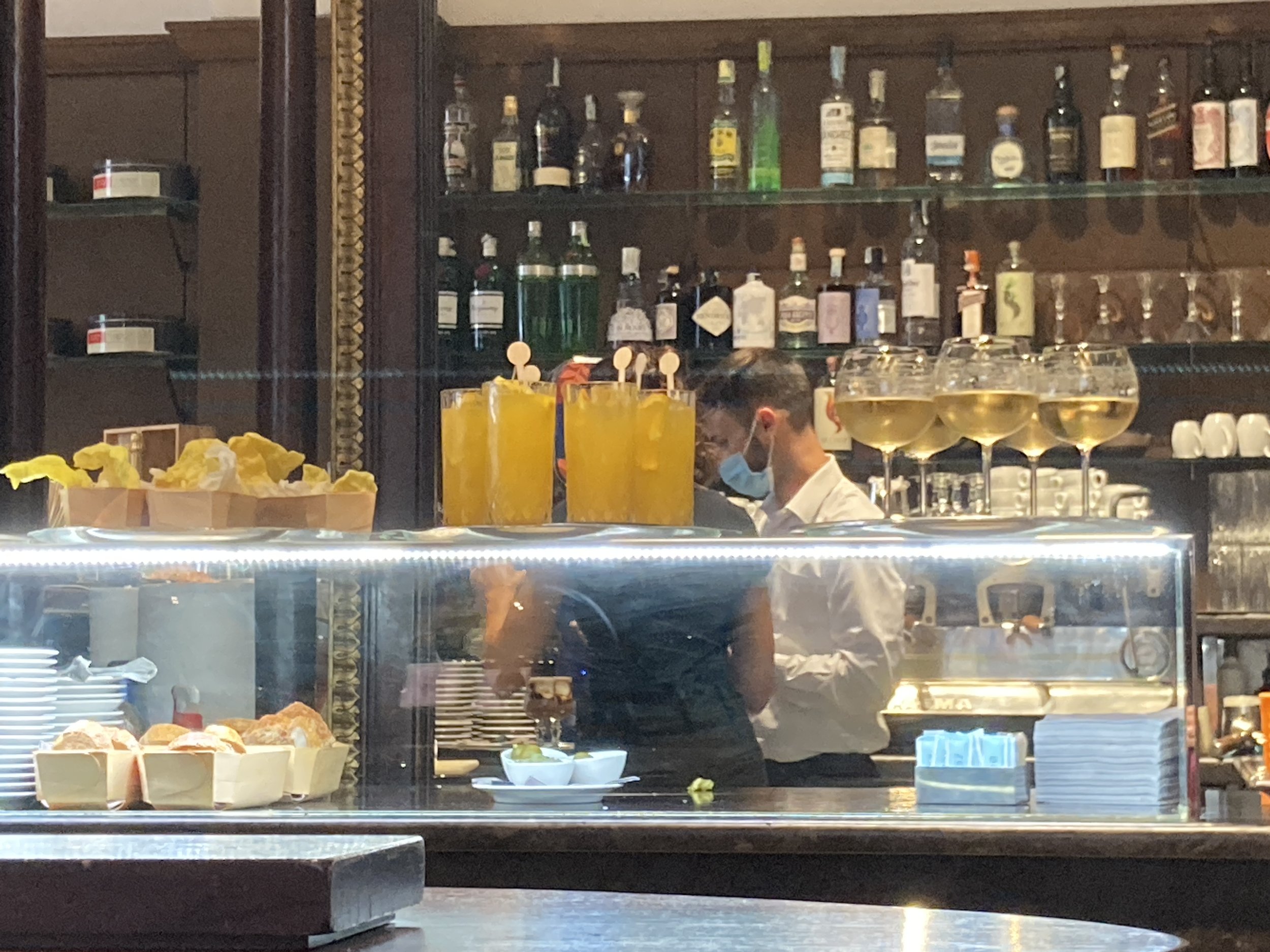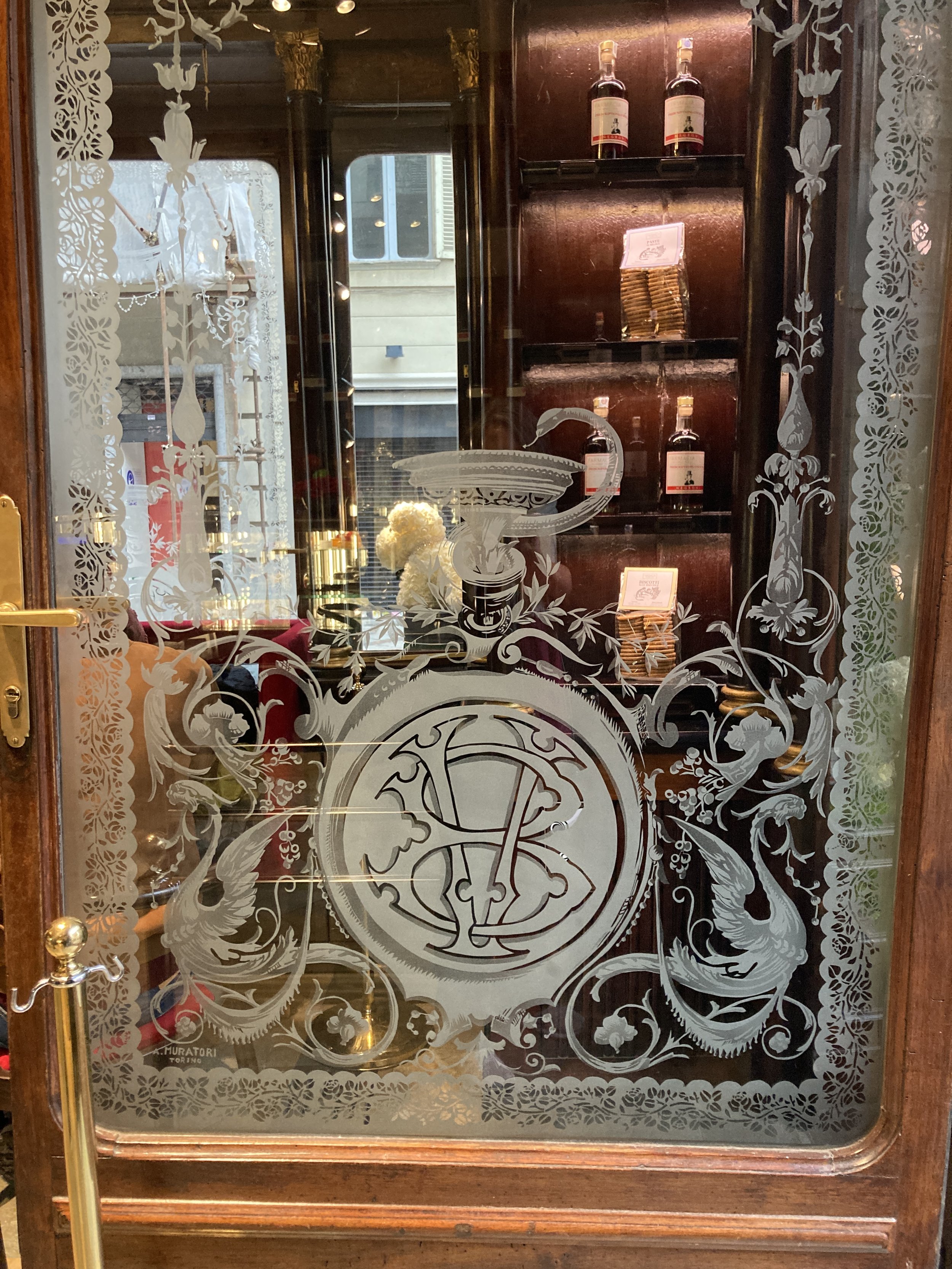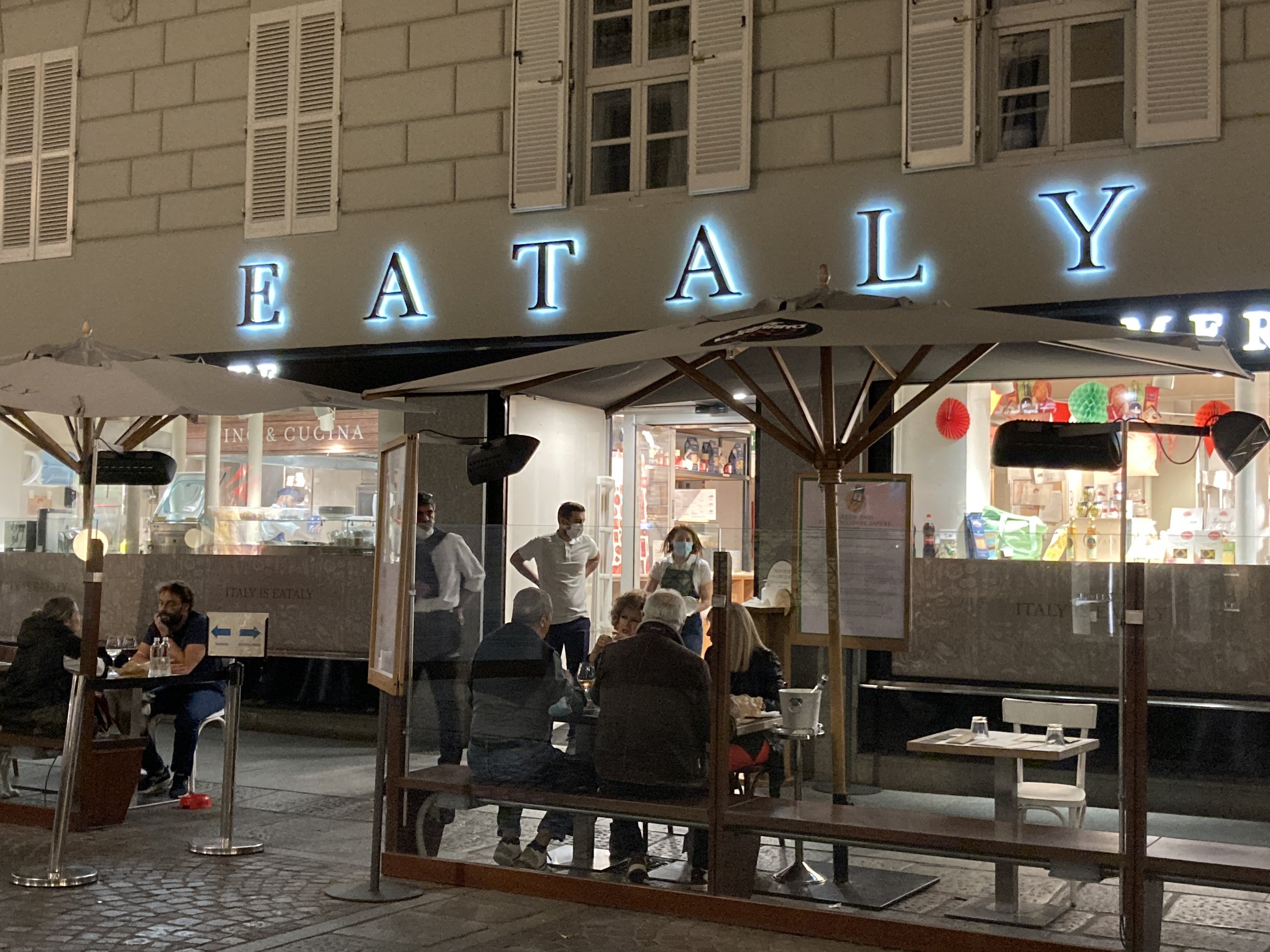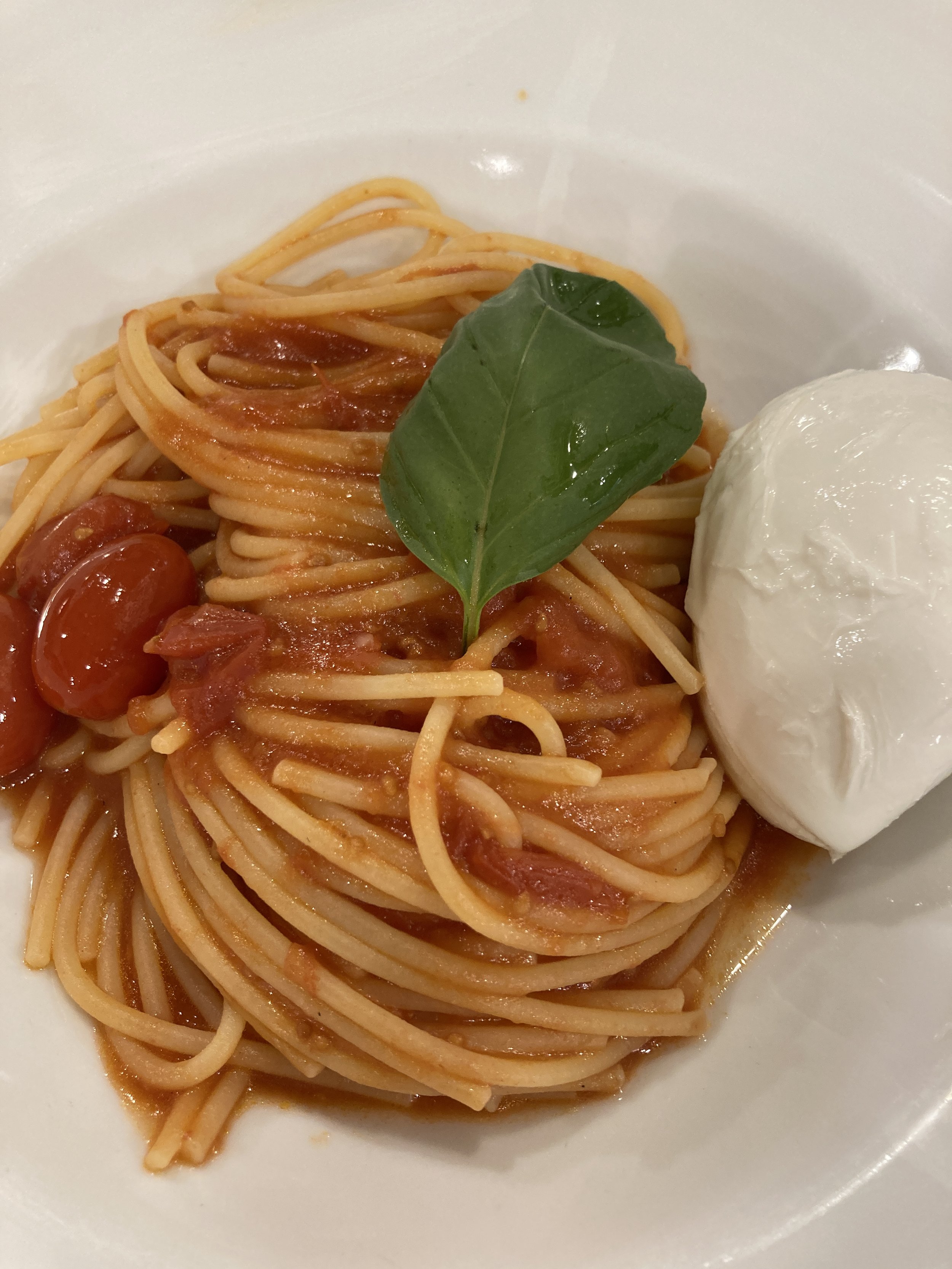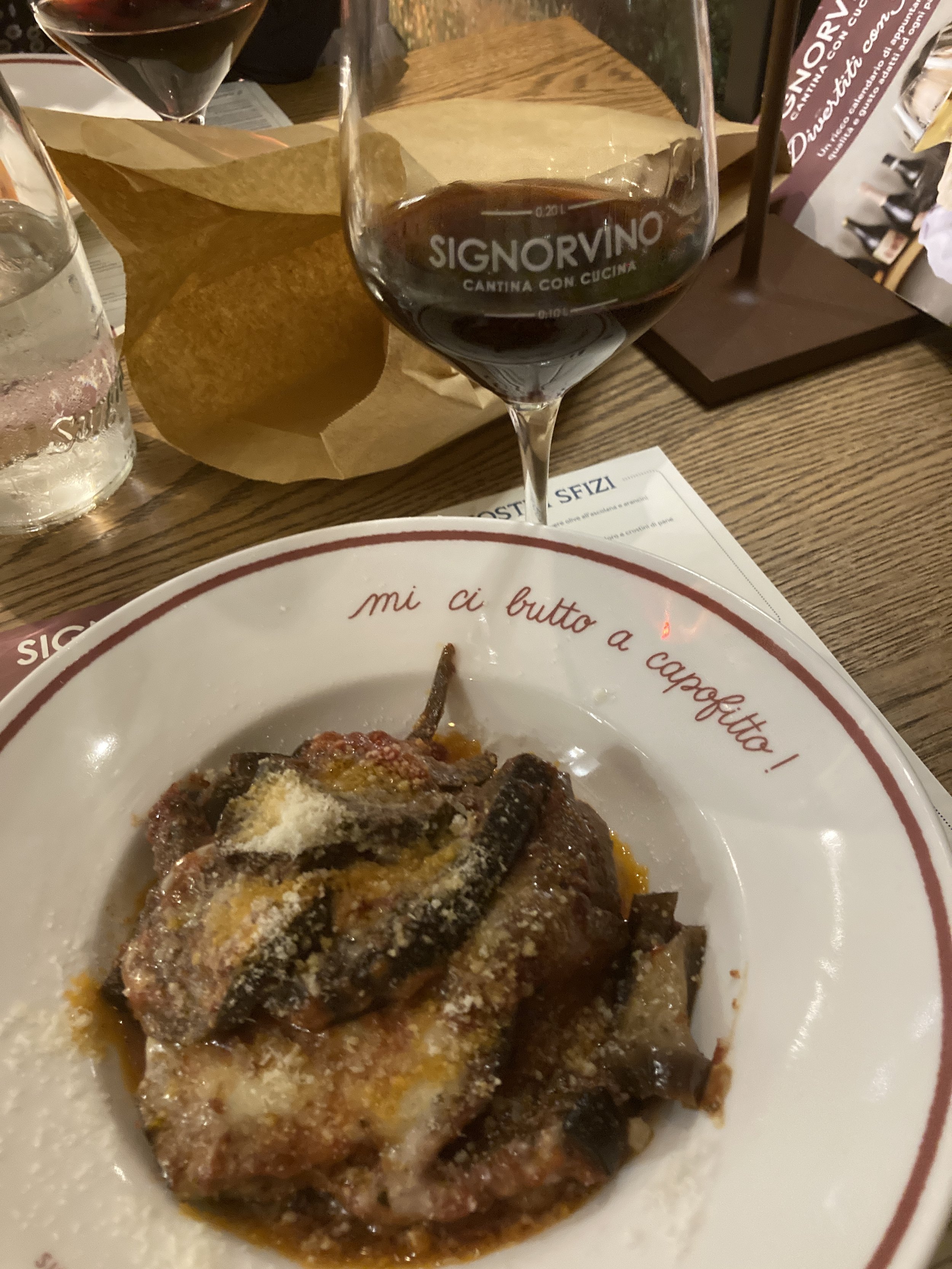Wandering Through the Center of Torino (Turin) Italy
I had few preconceived notions about the city of Torino. I’d heard about the famous Shroud of Turin (something my mother and grandmother longed to see), knew that the Winter Olympics had been held in and around the city in 2006, and had been told that there was great shopping. Despite knowing nothing more than that, I was curious to visit a northern Italian city that promised to be quite different from the part of Tuscany in which I live.
A train trip with wonderful views of the Ligurian coastline
When a visiting friend proposed a long weekend trip, I quickly agreed. We left Lucca by train on a Friday morning to spend 4 days exploring Torino. The train trip itself was wonderful, zipping along the coastline from Viareggio to Genoa and then turning abruptly inland towards Torino. The trip took about 4 hours during which time we read, had an on-board picnic, and admired the passing views of the Ligurian coastline. A good start to a long weekend in a new city !
We arrived to the Porta Nuova train station, a busy transportation hub in an impressive 1860’s building. It is right in the city center and a short walk to our base in Torino, the Hotel Astoria (three stars, small clean rooms, good breakfast, friendly service, and a convenient location). The first afternoon was spent settling in to the hotel and setting out on an orientation walk in the center of town.
Some First impressions: Torino has a large, busy but very walkable city center. The vibe is quite different from the Roman to Medieval feel of Florence, Rome, or the small hilltop towns of Tuscany. There is a sense of history but an even bigger sense that the city is modern, northern, and “happening”. With its long blocks of graceful apartments and large squares ringed with cafes and shops, it reminded me a bit of Prague or Paris, but with a somewhat grittier more hectic Italian flair.
There is a definite French influence in Torino, starting with the local dialect - locals say brioche instead of cornetto for a breakfast pastry, dehors instead of fuori to mean outside. Torino was home to the Savoia (Savoy) family, with their French roots. Their influence is everywhere - palaces, museums, architecture, monuments, and in the local history. After all, it was the House of Savoy which provided Italy with kings and also played a key role in Italian unification, establishing Torino as the first capital of the newly unified nation.
I always find that the best way to get oriented to a new place is by wandering around, taking in the city and stumbling into interesting squares, monuments, bits of history, unique neighborhoods and hidden gems. Torino is perfect for that and my orientation walk in Torino began in the very center of town .
Piazza San Carlo, Torino
The Via Roma Piazzas. A pair of lovely squares are to be found along Via Roma. Piazza San Carlo is a good place to start. In the center is a large statue of Duke Emanuele Filiberto on horseback (the first of many monuments to members of the Savoy clan).
The Church of Santa Cristina (left) and San Carlo Borromeo (right) in Piazza San Carlo
Stratta - a good spot for a snack or aperitivo in Piazza San Carlo.
At the southern entrance to the piazza stand two small churches - Santa Cristina and San Carlo Borromeo. Small and intimate, they are definitely worth a stop. Around the rest of this large, graceful piazza are a series of cafes and shops stretched out under long arcades. This is a good spot for a light lunch, coffee, or an aperitivo (a just reward for an afternoon of wandering). The people watching is great too - performers, shoppers, wedding parties, daily life.
To the north is another large square, the Piazza Castello. Here 4 modern fountains bubble and spray in front of the Palazzo Madama. Yes, you guessed it, a member of the Savoy family once lived in this stately palazzo which anchors the east side of the square. Those Savoys certainly had exquisite taste in housing! Today the palazzo houses the museum of ancient art.
Piazza Castello
To the north end are the large iron gates which mark the entrance to the Musei Reali (Royal Museums). This is the former palace of the Savoy family, a complex which also includes the Chapel of the Sacred Shroud. Entry to the museum requires a ticket but there is no cost to walk through the courtyard and into the beautiful Giardini Reali (the palazzo gardens). The museum itself is a must see sight, but for the first afternoon of wandering I stuck to the courtyard and gardens.
The Duomo, officially the Church of San Giovanni. The ornate dome and spire behind houses the Chapel of the Holy Shroud, not accessible through the church but only through the Musei Reali.
Around the corner from the Musei Reali is the Duomo of San Giovanni with its quite plain facade and video presentation on the Shroud of Turin (though the shroud itself is not displayed).
Nearby Piazzas. Just a block or so to the east is one of the prettiest squares - the Piazza Carignano, home to the Museo Nazionale del Risorgimento (Unification Museum). A pop into the entry of the museum gives a quick peek at this fabulous building (below). No time for a tour this time, but my next visit to Torino will surely include a tour of this museum both to explore the gorgeous architecture and for the history lesson.
Need a coffee stop? The piazza Carignano is home to the Farmacia del Cambio, an antique pharmacy reborn as an elegant eatery. Coffee, pastry, lunch, aperitivo - this is a great choice. The interior oozes old world elegance and the outdoor seating area provides great views of this very beautiful piazza.
One street to the east is Piazza Carlo Alberto, a pedestrian square with a larger than life monument of the former Savoy king of Sardinia. The square is flanked by one side of Palazzo Carignano (which was built for the king) with the beautiful National Library building across the piazza.
The monument to Carlo Alberto of the House of Savoy
After an afternoon of wandering, it was time to think about dinner. A walk down Via LaGrange presented some good choices. From small, very casual student hang-out spots to a small Eataly and a lively Signor Vino, it is easy to find good and moderately priced food along this street.
My first afternoon and evening of wandering around the center of Torino was a great way to get oriented to this intriguing city. The next days held even more adventure - the Quadrilatero Romano, the search for an authentic Bicerin, beautiful churches, fascinating museums, more wandering. But this post is getting long, so more on Torino next week.


